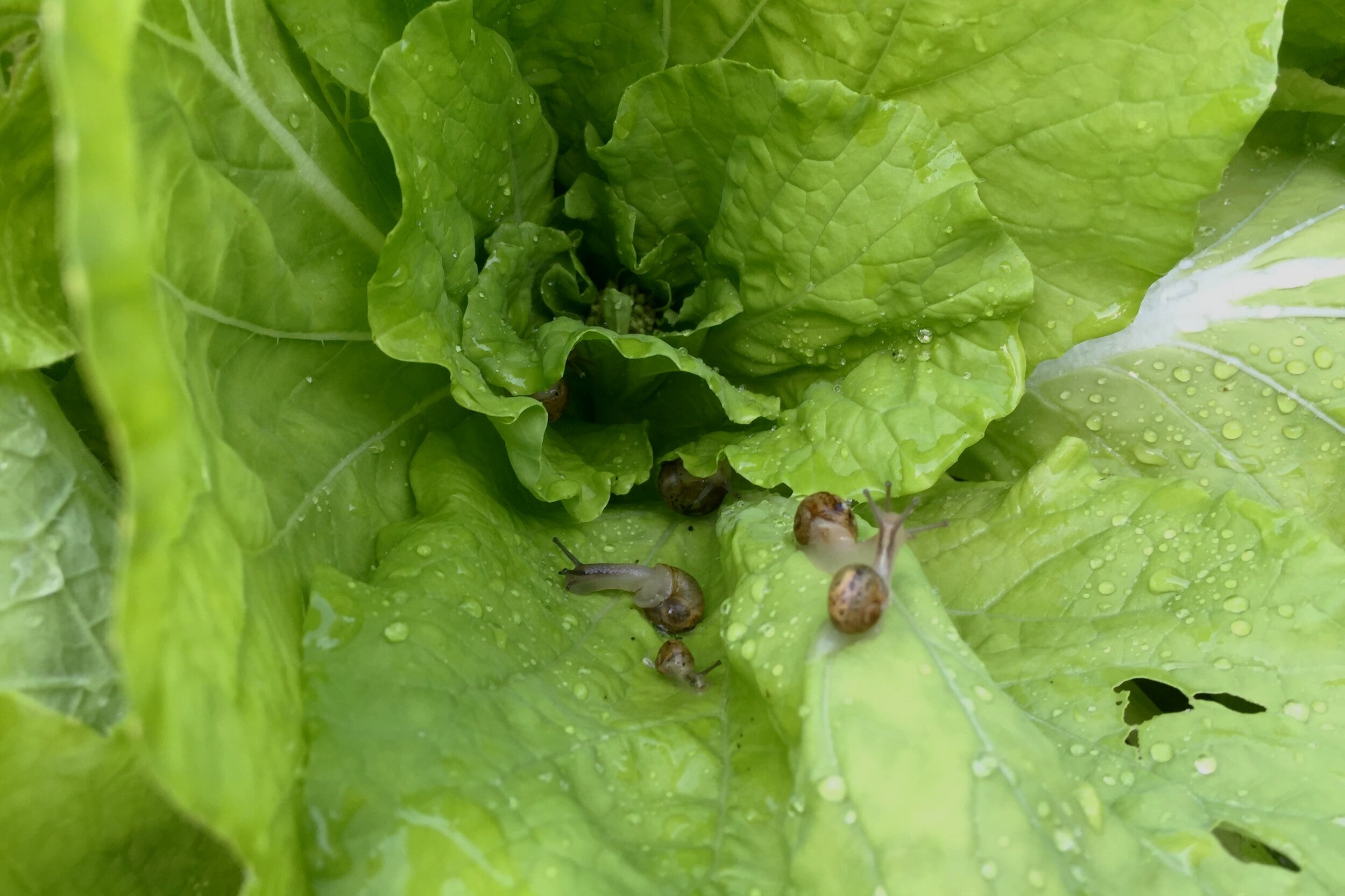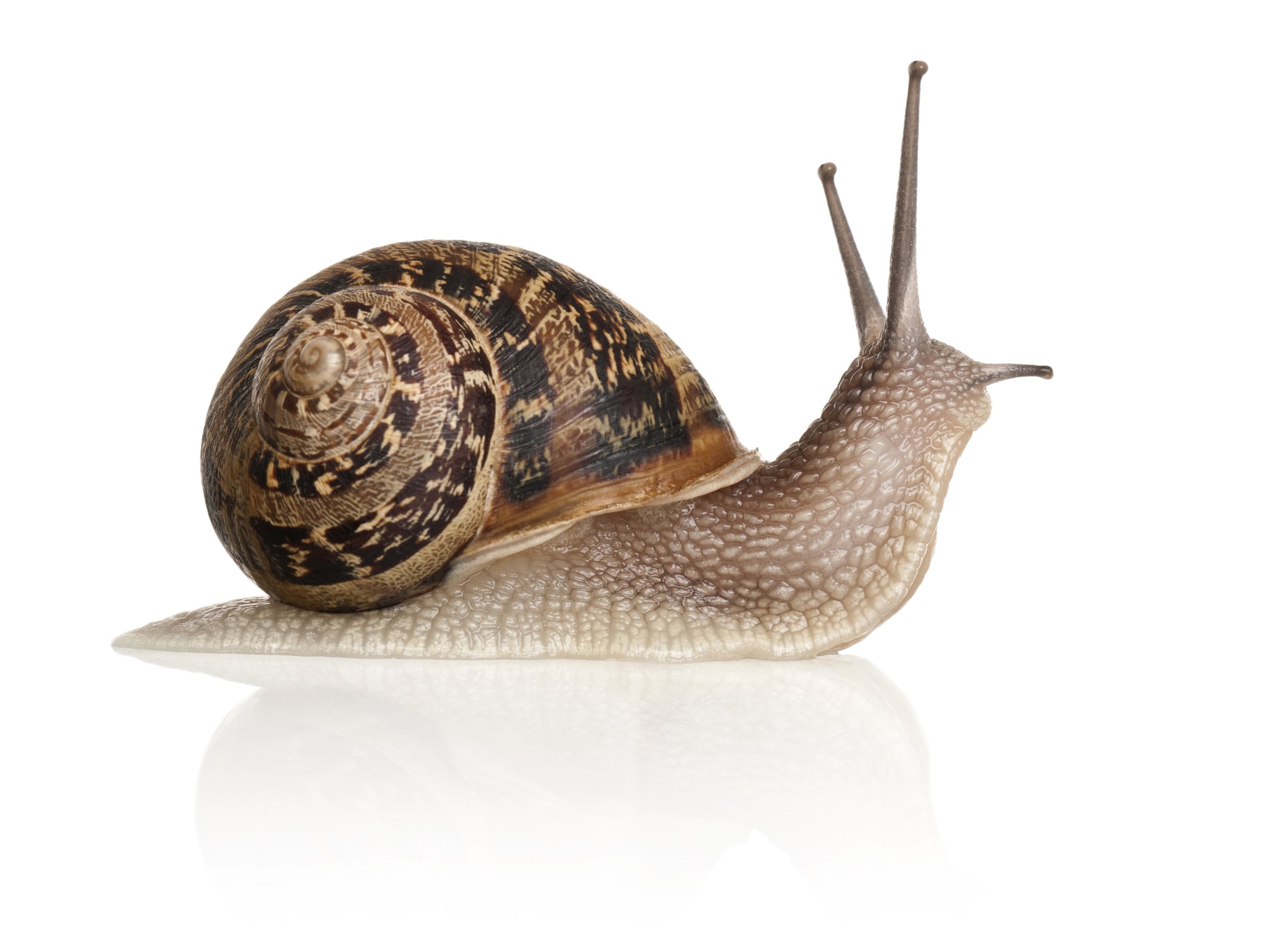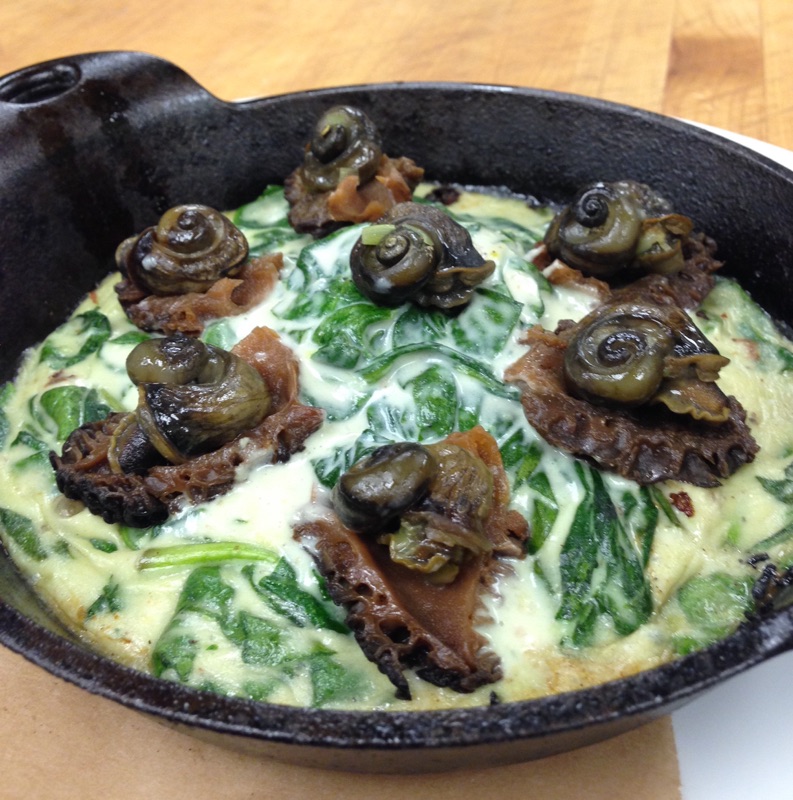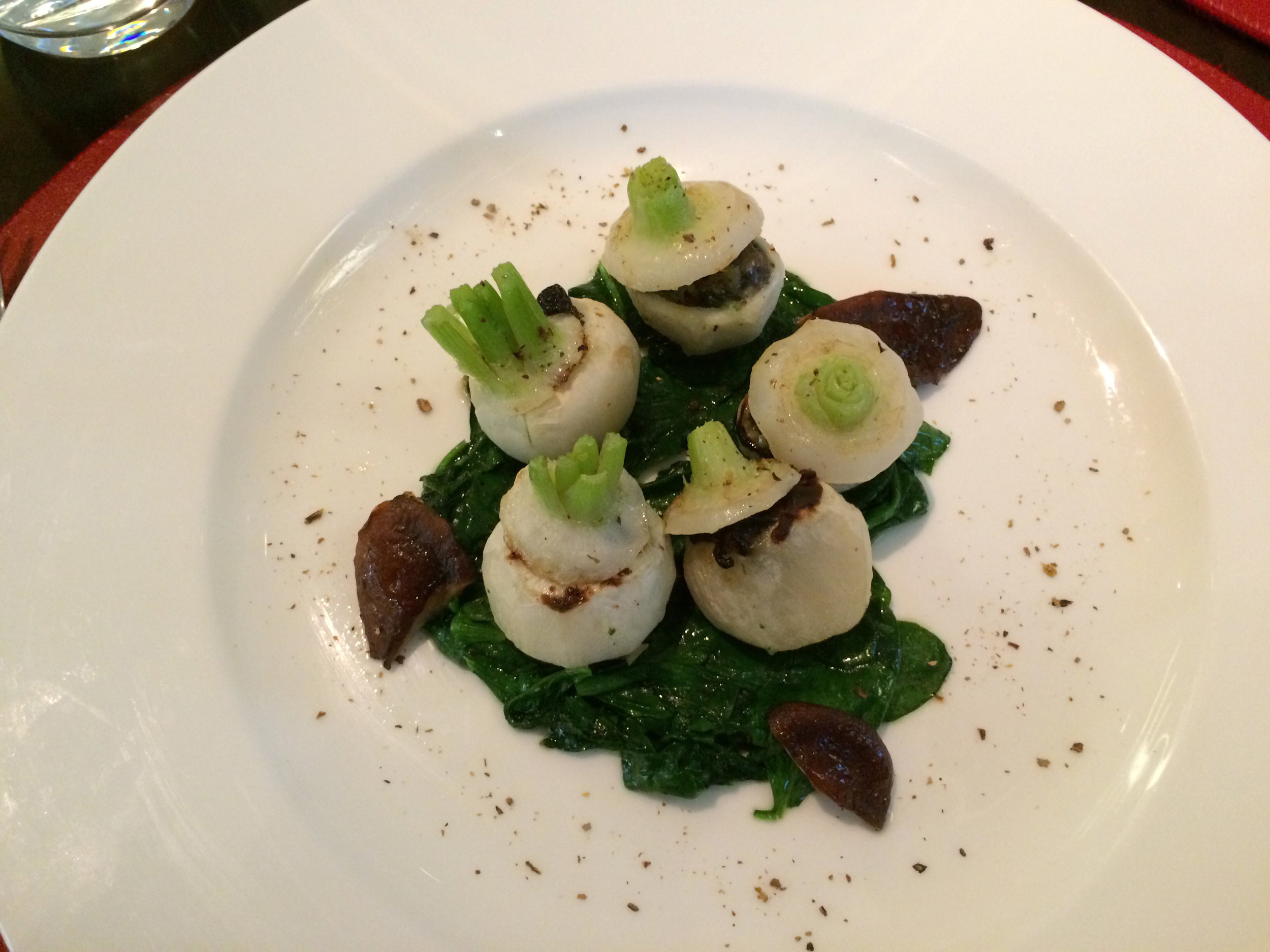

starting a snail farm
getting starting
Congratulations on your first step in heliciculture or snail raising. Heliciculture has been practiced for centuries in Europe, but it is a fledgling industry in the United States. As such, there is much work to do in terms of creating a viable market, developing sustainable practices, and educating potential farmers in snail husbandry.
Feel free to peruse the site knowing that it is a developing endeavor. For those interested in taking your efforts to the next steps, we offer an initial one-hour, fee-based consultancy call. For complete information, please fill out the request form on our Contact page.
a developing industry
Perhaps one of the biggest challenges is educating others in the culinary and nutritional value of snails as a food source. Along with caring for and selling snails, that will be one of your chief duties. There are few snail growers in the U.S., mainly due to strict federal and state regulations. But with guidance and persistence, you can navigate through these regulations and begin your own business farming snails.
increasing knowledge
The site exists mostly to raise the profile of heliciculture on this continent. Providing a forum for potential and existing farmers is one of the methods that will help us create this success. Another factor is ensuring responsible farming, processing and distribution practices that guarantee fresh, healthy, and safe food for our clients and customers. This sense of quality and integrity will also go a long way to help break down state and federal policies that currently restrict the growth of this industry. One of our other goals is to end the prohibition that exists on interstate transport of live snails and eggs to promote business and provide farmers healthy stocks of snails in an interconnected network of farms across the U.S.
snail species
“Escargot” can refer to a number of snail species. Snails are eaten by many cultures around the world but most Americans know of the species commonly found in Europe. While all are found in North America, they are all considered invasive plant pests which is why their movement is regulated. Below are some of the species most commonly consumed.
Although the average person thinks a snail is a snail, there are approximately 60,000 species of snails spread over the earth. Many of these are marine species, such as periwinkle or conch; still others live in freshwater. Terrestrial snails, or those that live on land, are those used for what is traditionally known as escargot, with marine and freshwater snails also eaten.
Although there are many species of snails that can be eaten, we will only outline four main species that are regularly consumed or farmed today:
CORNU ASPERSUM
Also called Helix aspersa, this snail, along with H. aspersum Maxima, have become the species farmed throughout Europe. While smaller than H. pomatia, it is highly adaptable to a farm setting.
OTALA LACTEA
Commonly known as the milk or Spanish snail, it is popular for use in paella and soups. Native to Europe and parts of North Africa, it has been introduced to the U.S., including Arizona and Florida, and to Bermuda, Cuba, southeastern Australia and is considered an invasive agricultural pest. Usually a bit smaller than C. aspersum, it also has a domed shell but much flatter than either the H. pomatia or C. aspersum.
HELIX POMATIA
Commonly called by a variety of names including the Roman snail, the Burgundy snail or the vineyard snail. Although this species is highly prized as a food it is difficult to cultivate and rarely successfully farmed commercially. In fact, it is so rare in France that hunting licenses are required when this species is “in season.”
THEBA PISANA
Theba pisana, whose common names include the white garden snail, sand hill snail, white Italian snail, Mediterranean coastal snail, and simply just the Mediterranean snail, is an edible species of terrestrial snail. With a proclivity to climb, they can be a serious pest to both ornamental and crop plantings. Due to their smaller size, they are generally used in soups and as an appetizer across countries bordering the Mediterranean.
CEPAEA NEMORALIS
Highly variable in its colors and patterns, from a bright, butter yellow to beige with brown stripes, the grove or brown-lipped snail is smaller than both the Cornu and Helix pomatia, but still a popular edible snail. The bane of farmers, it is highly invasive in habitats from swampy wetlands to dry fields where it destroys grain crops.
ACHATINA SPP.
Known for its enormous size, upwards of 10 inches in length, various species commonly called “Giant African land snails” have colonized mostly subtropical areas of the U.S. While edible, they are illegal to own in North America due to the damage they cause to crops and as a carrier of disease. Florida in particular has spent years, and millions of dollars, attempting to eradicate it from its borders.
They remain a delicacy in African countries and are increasingly being farmed there.
laws & regulations
A large, well-developed Italian snail farm.
In the United States and Canada, the main species of snails used as “escargot” (which simply means “snail” in French) are classified as invasive and non-indigenous. Because of this, they are considered plant pests by the United States Department of Agriculture (USDA) and the various agencies in each state tasked with controlling or regulating invasive species.
What does this mean for those hoping to farm snails? Quite a bit in terms of both acquiring stock, propagation, and sales. The U.S. Code of Federal Regulations (CFR), Section 330 states:
“No person shall knowingly move any plant pest into or through the United States from any place outside thereof, or interstate, or knowingly accept delivery of any plant pest so moving unless such movement is authorized under permit under this part and is made in accordance with the conditions therein and the provisions in this part. “
As this states, any movement of plant pests, in this case the federally designated snail species outlined, cannot be moved live from state-to-state. This also includes the eggs of those species. In addition, individual states have rules that pertain to receiving and containing snails from out of state. Some even require permits – or ban altogether – the live collection of snails within state boundaries.
It is highly advised that you read the CFR Section 330 prior to beginning. It will save you time, money, and a lot of potential legal trouble. It will also help you decide if you want to further enter this line of business.
permits
USDA requirements to obtain and house snails are strict.
USDA will allow U.S. citizens to apply for permits to transport live snails or eggs across state lines (it will NOT allow live importation of snails/eggs from overseas). They is no such thing as a USDA-approved snail farm; it is simply a permit to transport and contain a regulated species, in this case, invasive snails.
To obtain a permit for interstate transport, you must apply through USDA. Obtaining a permit rests on the proper containment and quarantine of all specimens transported. Herein lies the difficulty with the regulations. Quarantine essentially means that all snails transported must, for the entirety of their lives and their offsprings’ lives, be quarantined inside a USDA-inspected and approved facility. So live snails cannot be sold live for use by restaurants, food stores, or the general public. Knowing the regulations and how to navigate the process is key to successfully gaining a permit. We can guide you through the initial application process and containment requirements.

Snail raising consultations
Interested in raising snails?
Humans have raised snails for millennia. called heliciculture, it is a well-established industry throughout Europe but has lagged behind in north america. If you’ve ever been interested in establishing your own snail farm, This initial consultation provides you with a basic background to get you started on the path to raising your own snails, whether for a business or a hobby, learning from a knowledgeable and experienced heliciculturist (snail farmer).
The consultation includes:
Overview of current U.S. Department of Agriculture regulations
Introduction to the best snail species used in heliciculture
Basics on snail husbandry and anatomy (reproduction, diet, etc.)
Farm/facility set-up
Processing, packaging, storage, marketing, and value-added products
Copy of the presentation for your reference
The one-hour call outlines all the aspects listed Above as well as a presentation and time for a one-on-one Q&A.
Please contact us via the form below for more information and to arrange your consultation. consultations are conducted via phone or zoom.
*********************************************
“The consultation was definitely a pleasure and very informative! Thank you for the access to all this great material. I'm really glad we did that and I'm thankful to have you as a resource!’
—Shelly M.
“Ric is the Obi-Wan Kenobi of snails!”
—Bryan N.
Where could be better for escargots than the rainy Olympic Peninsula?
Although many first think of France when they think of snails, Washington state’s rainy Olympic Peninsula is prime real estate for these moisture loving gastropods.
Located on five acres at the base of the eastern slopes of the Olympic Mountains in Quilcene, Little Gray Farms Escargots is run by Ric Brewer with more than 20 years of experience in snail conservation, captive breeding programs, and heliciculture (raising snails for consumption).
Little Gray Farms Escargots operated an approved USDA facility, raising escargot for restaurants in the Pacific Northwest and around the country. While currently on hiatus, the farm will re-open in 2026.
Olympic peninsula
Quilcene with view toward Mt. Walker, Olympic Peninsula, Washington state
Many people are familiar with the type of escargots served in many restaurants. More often than not, they are canned and shipped to the U.S. and Canada from Eastern Europe, Asia, or North Africa. The taste, meh, the texture, yuck! We knew that snails could be delicious. But the secret was them being fresh, not canned and shipped thousands of miles across the ocean.
To that end, we created Little Gray Farms Escargots/Hail the Snail in order to promote the farming of fresh snails here in the United States. Our name refers to the species of snail we grow—the delicious (and charming!) petit-gris—translated as “little gray”— variety. Although smaller in size that the canned gros-gris snails, these little grays have an earthy, rich umami, their texture is almost buttery, akin to a butter clam. No more rubbery, metal-tasting canned snails.
The farm was in operation for 13 years before going on hiatus for the owner to care for ill family members. The plan is to re-open in 2026.
The famed petit-gris, or little gray snail.


















